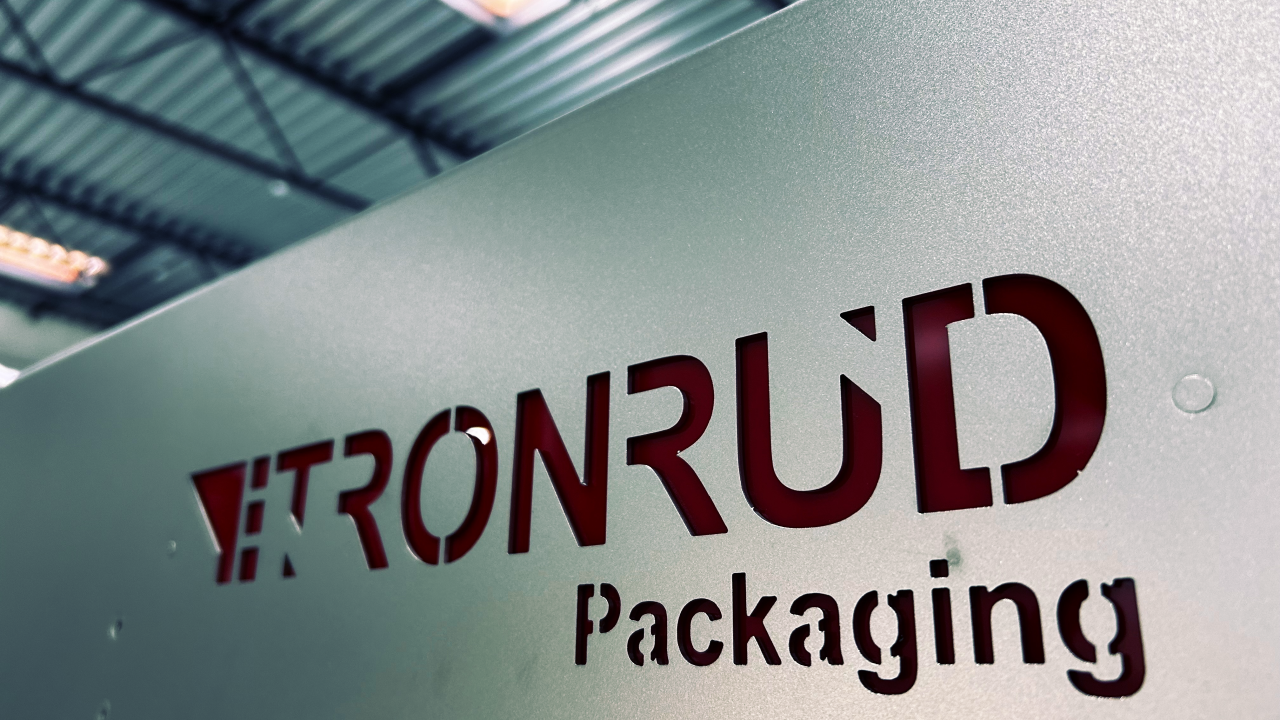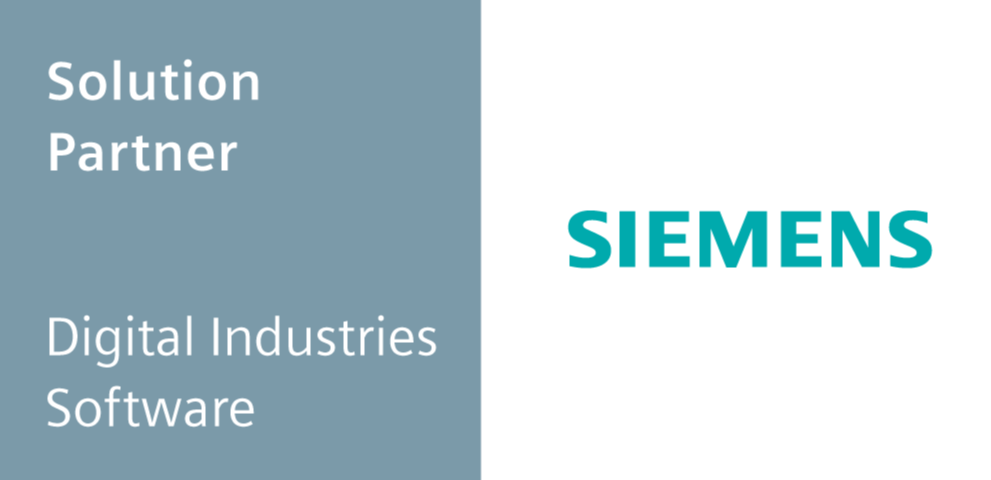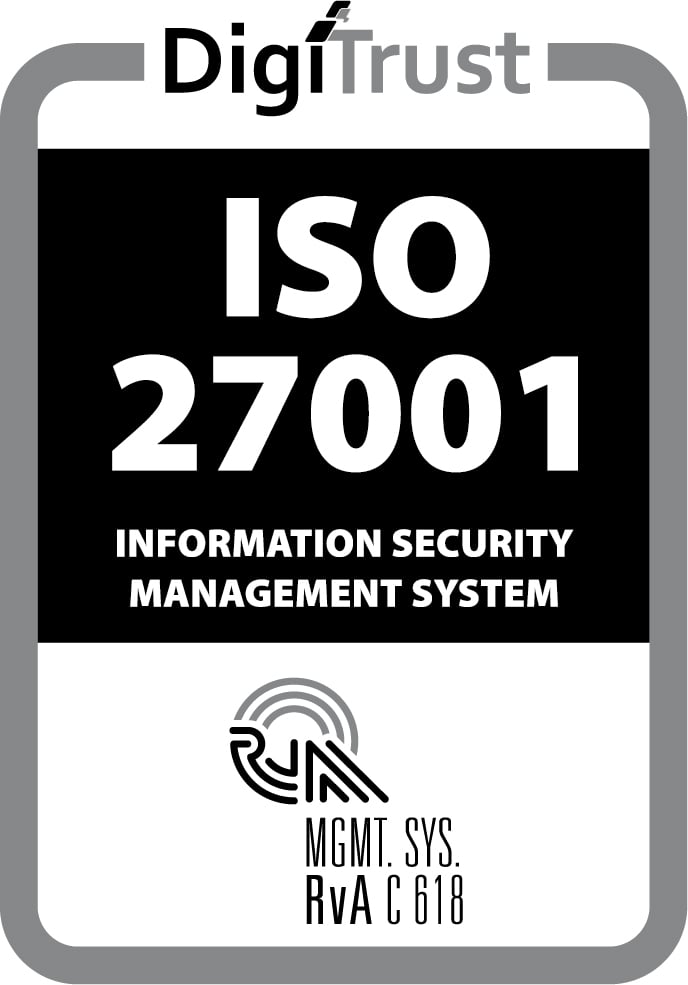The Value of Data in Modern Manufacturing
For manufacturers operating hundreds of machines and generating feedback loops with strategic personnel, collecting data has never really been an issue. In fact, data continues to be the driving force behind drastic decisions made every day by companies looking to gain even the most marginal improvements in efficiency. However, it's one thing to collect data; it's another entirely to organize it and then come up with revenue-boosting conclusions.
Tronrud Engineering, a global leader in industrial automation and packaging solutions faced this challenge. It’s packaging arm designs, manufactures, installs, commissions, and services automated packaging solutions to some of the world’s biggest brands.
So, Tronrud has a well-defined data-capture framework, but it wanted to do more with the numbers and use them to create a better performance assessment of its deployed machinery. That means better after-sales support to keep customers happy with their Tronrud packaging machines, using data to create personalized, predictive maintenance schedules, and designing clear processes for identifying and solving machinery issues.
"Our customers need to constantly improve their uptime and cost of ownership. The machinery that we deliver lasts for 20 years or so. Naturally, our customers want to maximize the effect that these machines have for those two decades."
Patrick Langseth, Customer Success Manager for Packaging at Tronrud Engineering
This is where CLEVR came in. The goal was to conduct a Data Value Analysis (DVA), focusing on one machine type called Tray Case Packer Generation 3 (TCP3).
The TCP3 is an automated packaging machine designed to assemble and seal trays or cases. Key parameters like torque (force applied by motors), humidity (which can affect vacuum seals), and vacuum pressure (used for handling and securing packaging materials) are monitored to ensure consistent output and prevent mechanical failures.
The data being investigated was IoT sensor data captured from the machine via PLC (Programmable Logic Controller) and Siemens MindSphere (a cloud-based industrial IoT platform). The DVA was carried out for the department focusing on the snacks industry.
The Challenge: Using Data to Prevent Downtime
Though at the forefront of industrial automation ever since its founding in 1977, it was predicted that Tronrud Engineering was not capturing the full potential of the aftermarket revenue. This could be vastly improved by acting on newly found data patterns, with some expert guidance in interpreting it. So, despite the vast data collection already being undertaken, Tronrud faced three overarching challenges:
1- Data Without Direction
Tronrud's machines captured data with IoT sensors and analyzed it through Siemens MindSphere. However, they struggled to derive clear next steps from the assortment of data points. For instance, anomalies in torque values were logged but not linked to operational events, leaving gaps in evidence of the correlation between data and events
2- The Cost of Downtime
Eliminating unscheduled downtime is a key target for Tronrud and its customers. When machines failed unexpectedly, the costs quickly added up. These included repair expenses, the loss of valuable production time, and opportunity costs tied to unmet production goals or deadlines.
Without a system in place to predict and prevent packaging machine failures, Tronrud and its clients sometimes faced disruptions that directly impacted efficiency, profitability, and customer satisfaction.
3- Alarms Without Answers
Tronrud's machines are equipped with alarms that log specific failures, however more complex breakdowns are not automatically assigned to a specific alarm.
This gap prevented Tronrud from confidently identifying predictive trends. Without structured failure data, they could not fully take advantage of predictive maintenance strategies, which would have enabled them to anticipate and address issues before they caused downtime.
So, the challenge was clear: Tronrud needed more than just an abundance of data. It needed a way to turn that data into meaningful insights that could guide smarter decision-making, reduce downtime, and ultimately keep customers happy and confident that these machines could perform well for the duration of the machine’s lifetime.
CLEVR's Approach: Data Value Analysis
"We needed someone to come in and point us in the right direction; maybe let us know that some of the data we've been collecting isn't very useful and that we should start collecting other data that could, in fact, be quite valuable."
Patrick Langseth, Customer Success Manager for Packaging at Tronrud Engineering
CLEVR conducted a Data Value Analysis (DVA) to create usable insights and clear directions from raw data. CLEVR experts also spoke to key Tronrud stakeholders, conducted deep analyses of various data sets, and used their previous industry experience to make recommendations.
1- Understanding the Human Angle
CLEVR started by speaking with Tronrud's team to fully understand their operational goals and challenges. Through interviews with engineers, technology directors, and other stakeholders, they uncovered gaps in how data was being used across the organization. These discussions highlighted opportunities to make data analysis work in favor of Tronrud's strategic objectives, such as identifying ways to reduce downtime, improve operational efficiency, and enable predictive maintenance.
2- Data Exploration
CLEVR analyzed data from two primary sources: direct IoT sensor feeds and the Siemens MindSphere analysis platform. Sensor data offered highly detailed, real-time information about machine performance, although it required significant preprocessing to make it usable. MindSphere data delivered aggregated trends and patterns but lacked the fine-grained detail needed for more complex diagnostics.
By merging these datasets, CLEVR was able to uncover anomalies in torque, vacuum performance, and air pressure. These anomalies were linked to operational inefficiencies and identified as potential triggers for machine failures.
3- Tailored Recommendations
To address Tronrud's challenges, CLEVR proposed a set of solutions that would combine immediate fixes with long-term improvements:
Develop frameworks to predict and prevent failures by identifying irregular patterns in machine data before they lead to breakdowns.
By the end of the DVA, CLEVR had not only pinpointed Tronrud's main challenges but also delivered a detailed set of recommendations to create a more efficient approach to machine performance and maintenance.
Key Findings: Insights That Matter
"Although the DVA focused on the TCP3 machine, the findings and tools were designed to be flexible so they can be applied to other machines and systems at Tronrud. This approach clearly shows how data can boost our value to customers, improve operations, and support sustainable practices—it's going to help set Tronrud up for long-term success in the packaging industry."
Ajai Mathew, Data Scientist at CLEVR
CLEVR's analysis resulted in several actionable insights that would help Tronrud change its approach to data moving forward.
4- Predictive Maintenance Potential
CLEVR identified lag patterns between alarms and sensor data, demonstrating how Tronrud could predict failures before they occurred. For example, torque and vacuum pressure anomalies were early indicators of operational issues, allowing preemptive intervention.
5- Alarm vs. Anomaly Relationships
CLEVR's analysis revealed that specific alarms, such as "Vacuum Lost," correlated with data anomalies with humidity. This insight clarified machine behavior and would give Tronrud the confidence to make targeted adjustments.
6- Shift Performance Variability
CLEVR's clustering analysis revealed how different shifts and recipes impacted machine performance through data patterns. Shifts refer to distinct times when operators work; differences in operator techniques or shift timing could lead to variations in machine efficiency. In manufacturing, recipes are predefined configurations or settings that guide machines to produce a specific product. These include parameters like torque, speed, or pressure tailored for each production requirement.
By analyzing these patterns, CLEVR identified ways to improve operator efficiency and optimize recipe sequencing. For example, certain recipes were more likely to cause machine stress, while others performed better with specific operator strategies. These insights laid the groundwork for targeted training and smarter operational planning.
These findings highlighted Tronrud's untapped potential, demonstrating how its data could drive both immediate improvements and long-term value.
Proposed Use Cases: Turning Insights into Action
"We weren't entirely sure what to expect, but this process helped us see what we can do with our data. CLEVR showed us where we might need to collect more or adjust what we're already gathering and gave us a clearer idea of typical use cases and how to make the most of it."
Anders Lysgaard Lemme, Software Engineer at Tronrud Engineering
CLEVR proposed a list of practical solutions that Tronrud could choose to employ, which could help solve immediate challenges while paving the way for significant operational and customer benefit moving forward.
1- Predicting Machine Failures
CLEVR recommended starting to link complex breakdown events to specific failure alarms. This approach would enable predictive modeling, allowing Tronrud to proactively address potential issues before they lead to downtime. By reducing unexpected stoppages, Tronrud could lower repair costs, enhance production efficiency, and improve machine reliability for its clients.
2- Benchmarking Performance
To improve performance monitoring, CLEVR suggested frameworks to establish benchmarks during machine commissioning and upgrades. These benchmarks would enable Tronrud to quickly identify performance deviations, guide maintenance efforts, and optimize resource allocation. Over time, these improvements could enhance machine uptime and operational consistency.
3- Enhancing KPIs
CLEVR suggested developing tailored Key Performance Indicators (KPIs) to suit the needs of different stakeholders, from machine operators to senior managers. By integrating these KPIs into Mindsphere dashboards, Tronrud would gain real-time insights into machine performance, enabling faster decision-making and better oversight. Improved monitoring would also allow Tronrud to offer more responsive and proactive after-sales support, strengthening customer relationships.
These use cases not only addressed Tronrud's immediate needs but also demonstrated the potential to transform its operations, delivering long-term value and ensuring greater satisfaction for both its team and customers.
"Overall, we very much enjoyed the collaboration with CLEVR; it's not just about the knowledge and experience that CLEVR came with, but also the passion, intuition, and curiosity."
Patrick Langseth, Customer Success Manager for Packaging at Tronrud Engineering
Setting the Right Course with Data
CLEVR's Data Value Analysis helped Tronrud Engineering to turn an overwhelming flood of numbers into clear and methodical directions to alleviate very real and potential operational challenges. By taking a closer look to identify patterns, CLEVR laid the groundwork for immediate and long-term improvements that can keep essential machinery working optimally (and clients happy).
As manufacturers continue to turn inwards and assess their own data, it's clear that there are insights to be teased out of the numbers. The key is to turn these signposts into action, and sometimes, it takes an outside perspective to do it most efficiently.






